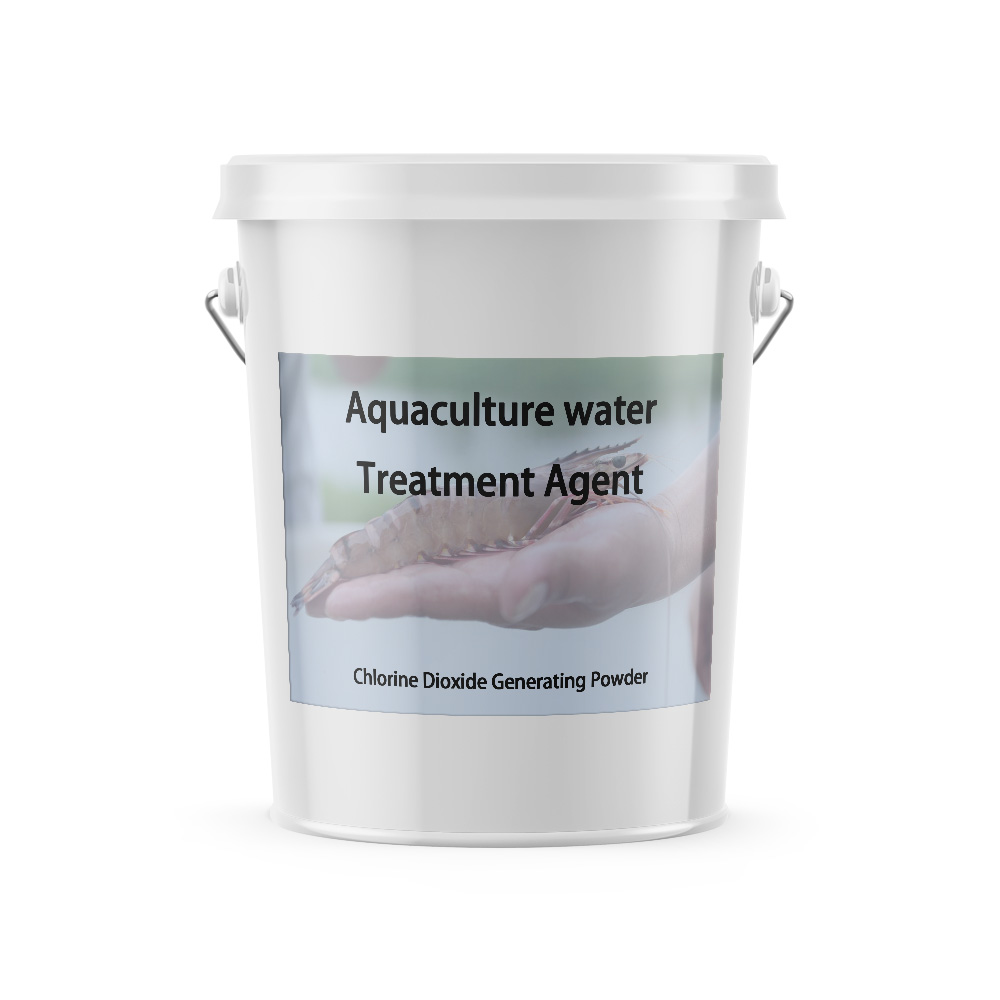



chemicals to disinfect water
Chemicals to Disinfect Water Ensuring Safety and Purity
Access to clean and safe drinking water is a fundamental human right, yet it remains a challenge in many parts of the world. Contaminated water can lead to a myriad of health issues, including gastrointestinal diseases, cholera, and other waterborne illnesses. To combat these dangers, various chemicals are employed to disinfect water, making it safe for consumption. This article explores the common chemicals used in water disinfection, their mechanisms of action, and their advantages and drawbacks.
Common Disinfectants
1. Chlorine One of the most widely used disinfectants, chlorine effectively kills a broad spectrum of pathogens, including bacteria and viruses. It works by oxidizing organic matter and disrupting cellular processes within microorganisms. Chlorination is typically done during the water treatment process and is supplemented by chloramines for residual disinfection. However, chlorine can form harmful byproducts, such as trihalomethanes (THMs), which are associated with health risks.
2. Chlorine Dioxide An alternative to conventional chlorine, chlorine dioxide is effective even at lower concentrations. Its strong oxidizing properties allow it to eliminate pathogens while producing fewer toxic byproducts. It is especially effective against viruses and can also reduce taste and odor issues in water. However, chlorine dioxide requires careful handling due to its explosive nature in high concentrations.
3. Ozone Ozone gas is another powerful disinfectant utilized in water treatment. It has exceptionally high oxidizing potential, capable of destroying bacteria, viruses, and even protozoa such as Giardia and Cryptosporidium. Ozone treatment leaves no residual taste or odor in the water, making it appealing for potable water systems. However, ozone must be generated on-site and is less effective in high organic matter conditions, limiting its application in some scenarios.
chemicals to disinfect water

4. Ultraviolet (UV) Light While not a chemical in the traditional sense, UV light effectively disinfects water by disrupting the DNA of microorganisms, preventing their reproduction. UV disinfection systems are increasingly popular due to their efficiency and lack of chemical byproducts. However, UV treatment requires clear water for maximum effectiveness, and it does not provide residual disinfection, necessitating further treatment for prolonged water storage.
5. Hydrogen Peroxide This strong oxidizer offers a non-toxic option for water treatment and has been gaining attention for its disinfectant properties. Hydrogen peroxide effectively kills bacteria, viruses, and fungi, and can break down into water and oxygen, leaving no harmful residues. Though effective, it must be carefully dosed to ensure efficacy and avoid introducing excess oxygen into aquatic environments.
Considerations and Challenges
While these disinfectants have proven effective in ensuring water safety, each comes with specific challenges. The potential for harmful byproducts, the need for specialized handling, and the requirement for ongoing monitoring and testing can complicate their use. Moreover, different water sources may contain varying levels of organic matter and contaminants, influencing the choice of disinfectant.
Conclusion
The disinfection of water is essential in protecting public health and preventing the spread of diseases. Chemicals like chlorine, chlorine dioxide, ozone, UV light, and hydrogen peroxide play vital roles in ensuring that our water supply remains safe and accessible. As water pollution continues to be a pressing issue, ongoing research and development into more effective and sustainable disinfection methods will be critical in safeguarding this precious resource for future generations. Balancing the benefits of these chemicals with their potential impacts will be key to achieving optimal water quality and promoting health in communities worldwide.
-
Why Sodium Persulfate Is Everywhere NowNewsJul.07,2025
-
Why Polyacrylamide Is in High DemandNewsJul.07,2025
-
Understanding Paint Chemicals and Their ApplicationsNewsJul.07,2025
-
Smart Use Of Mining ChemicalsNewsJul.07,2025
-
Practical Uses of Potassium MonopersulfateNewsJul.07,2025
-
Agrochemicals In Real FarmingNewsJul.07,2025
-
Sodium Chlorite Hot UsesNewsJul.01,2025










